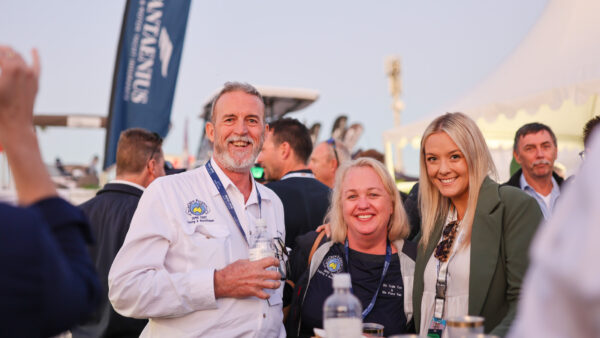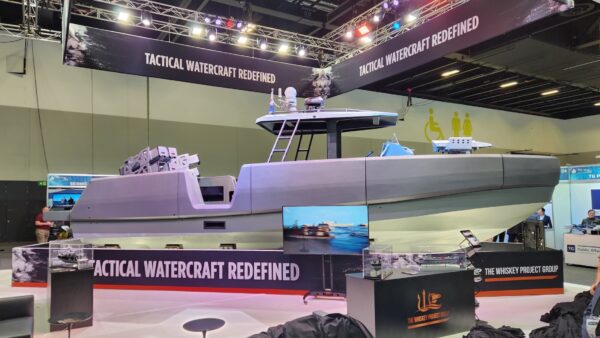The at-sea replenishment capability of the Royal Australian Navy has been dealt a blow with the WA-based fleet tanker HMAS Sirius returning to Sydney for dry dock repairs a little over two years since her last major refit.
HMAS Sirius is currently alongside at the Fleet Base East Garden Island facility, having offloaded her remaining fuel at the Chowder Bay fuel installation on Sydney Harbour, prior to dry dock entry. Defence responded to ADM‘s questions this morning, and confirmed that a defective stern tube bearing requires immediate repair.
The stern tube is a hollow tube passing at the lower stern part of the ship, supporting the weight of the propeller and shaft, which can be considerable for a large vessel. It contains the bearings for the tail shaft, lubrication arrangements and most importantly, the sealing arrangements. The sealing arrangement prevents ingress of water and as well as egress of lubricating oil into the sea. Stern bearings are prone to wear and tear as with all major heavy moving parts of a ship, but the type of manouvering required of fleet tankers such as Sirius would place an increased load on the bearings.
HMAS Sirius was never designed for such work, having been built as a commercial tanker (MV Delos) in 2004 prior to being retrofitted for naval use. Her main propulsion is customised for steady cruising on a sustained course – and doesn’t offer the kind of manoeuvrability needed to service a task group’s refuelling needs; another major capability limitation is her top speed of only 15 knots.
A Defence spokesperson told ADM the problem had been temporarily repaired to allow the ship a safe voyage from her base at HMAS Stirling in WA to Sydney. The spokesperson also confirmed the ship would be in Sydney for three months, however maintenance repairs that were scheduled to be conducted in April next year will now be brought forward and be conducted concurrently with the stern tube bearing repair. An upgraded sewage treatment plant will also be fitted during the docking.
The ship has previously suffered engineering problems, and was forced to turn back from Ex RIMPAC in 2010.
The 25,000 tonne double-hulled tanker last exited the Captain Cook Graving Dock at Fleet Base East in Sydney on September 16 2014, the anniversary of her eighth year since commissioning in 2006. On that occasion she underwent six months of maintenance and repairs, including five months spent in the dry dock.
In 2013 ASPI’s Andrew Davies referred to the ship as “not being up to the job” and a “relatively inexpensive experiment in using a commercial vessel that has provided some capability and taught some valuable lessons”. In 2008, ADM also commented on the shortfalls of the acquisition.
In May’s Senate Budget Estimates hearing, it was revealed that the contract for the two ships to replace HMAS Sirius and HMAS Success had been signed with Spanish shipbuilder Navantia under Sea 1654 Phase 3.
Under intense questioning, Defence officials defended the need for a swift acquisition, stating that earlier funding constraints and the increasing cost of sustaining the current ships had meant that a proven design in service with another navy was required.
Chief of Navy Vice Admiral Tim Barrett told Estimates Navy needed to replace the ships as quickly as possible. The first ship, based on the Spanish Armada’s Cantabria, is expected to be delivered in 2019 with initial operating capability in 2021.


